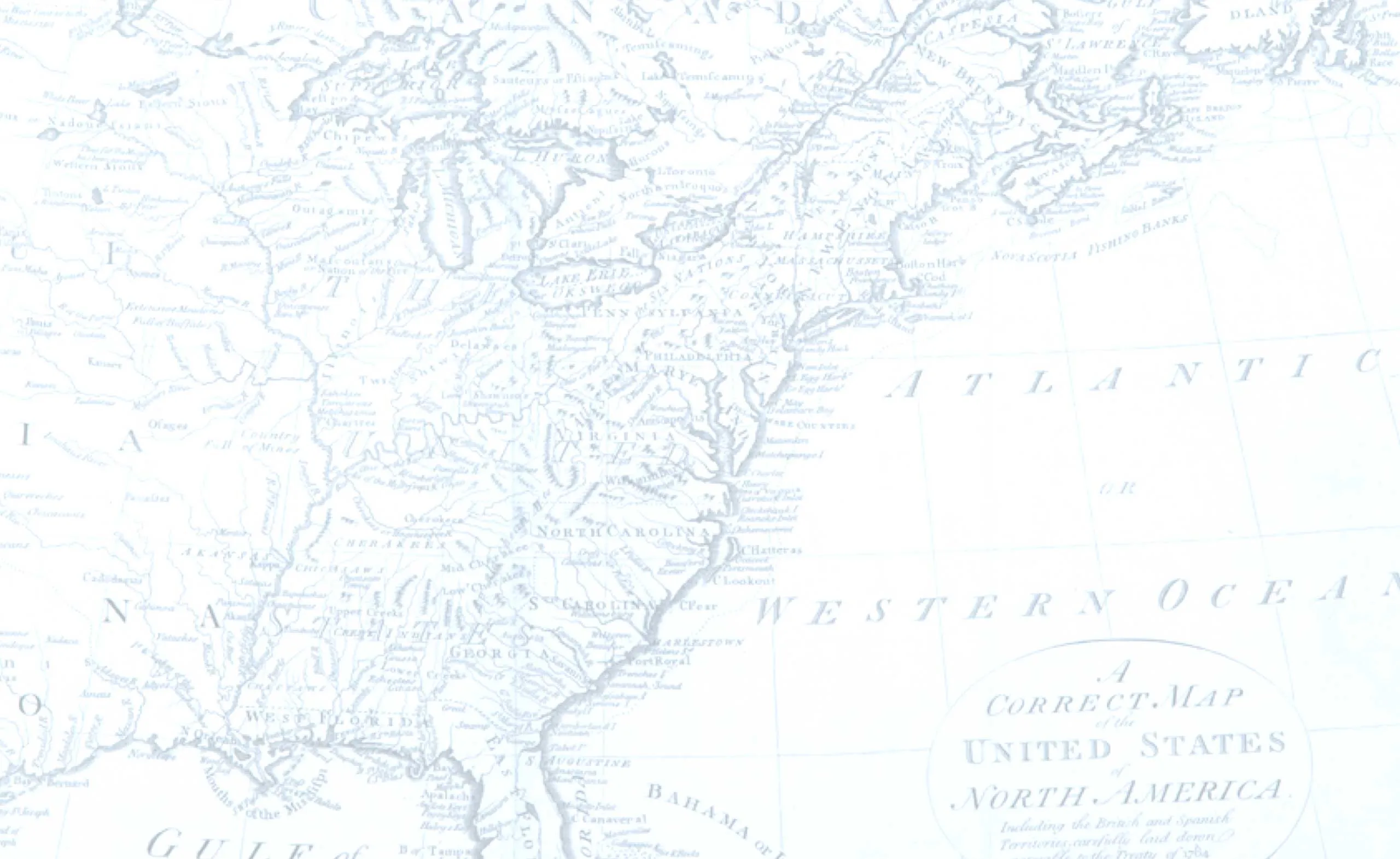

In American Revolutionary Geographies Online, discover the stories, spaces, and people of the American Revolutionary War era through maps, interpretive essays, and interactives.


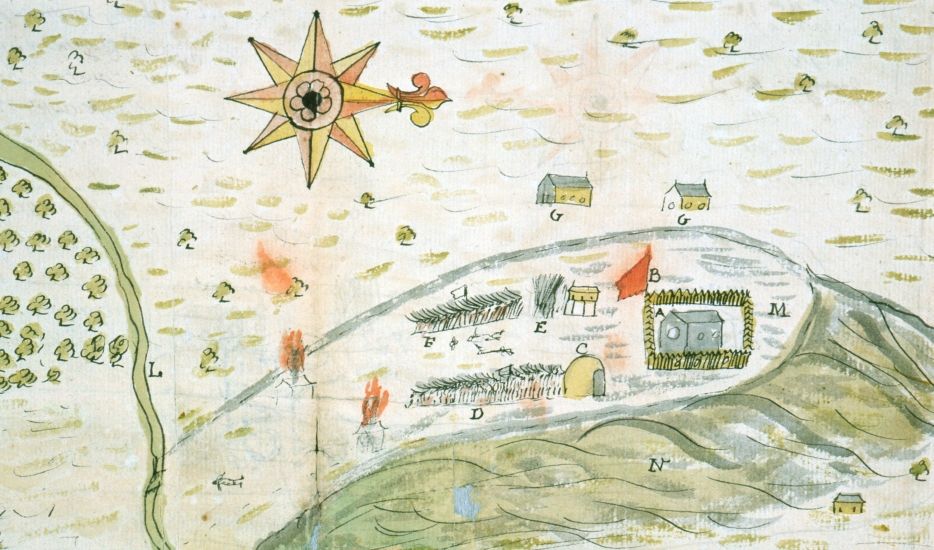
The North American colonies of Spain, France, and Britain enjoyed a period of inter-imperial peace lasting from the end of Queen Anne's War in 1713 until 1739. In that year, a conflict colorfully known as the War of Jenkin's Ear broke out between Britain and Spain. This war was followed quickly by King George's War, the American theater of the European War of the Austrian Succession, which brough the French in on the side of the Spanish. Both conflicts concluded in 1748 with an uneasy peace which few observers thought would last. They were correct. This era was marked by rising tensions, military escalation, and fort building as the global superpowers of the age jockeyed for supremacy. Native nations found themselves increasingly forced to choose a side as neutrality became politically untenable.
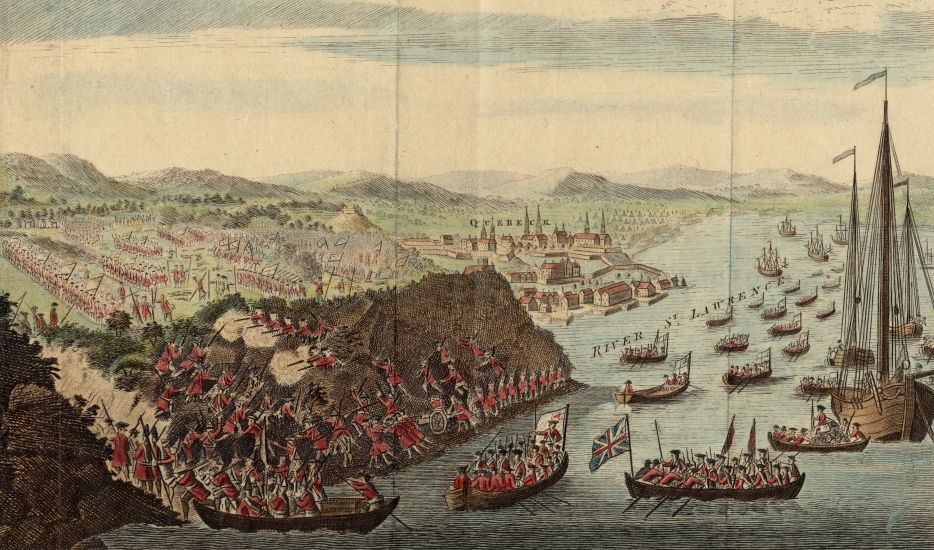
While the previous years had seen their fair share of inter-imperial conflict, it was nothing in comparison to the massive global conflagration that erupted in the American woods in 1754. In late spring of that year, a very young and inexperienced George Washington wandered into a powder keg on what should have been a routine diplomatic mission protesting the construction of a series of new French forts on the Ohio River. When the smoke cleared, a French officer was dead, and war quickly followed. In 1756 the war spread to Europe and Asia, the first time such a conflict had been initiated in the colonies. After a string of early losses, the British and their Indigenous allies turned the tide in a series of remarkable victories in 1759, which soon became known as the Annus Mirabilis and culminated in the capture of the French colonial capital at Québec. The Treaty of Paris, signed in early 1763, confirmed the loss of entire French mainland North American empire. All former French claims east of the Mississippi were ceded to the British, with the western territory of Louisiana transferred to the Spanish.
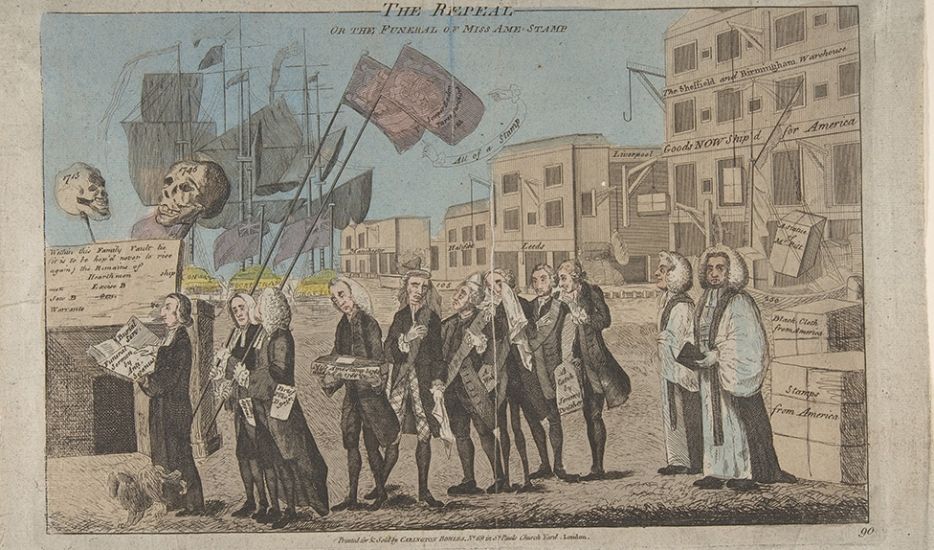
At the end of the Seven Years' War, the British empire in North America had grown to include the entire North American continent east of the Mississippi River. This massive expansion, as well as the many victories of the war and unprecedented levels of colonial-imperial cooperation, initially resulted in a period of trans-Atlantic good feeling and pride. It seemed as though the British empire was primed for an era of success and unity. But this moment was fleeting. Angered by British dismissal and ill-treatment, Native peoples living in the Ohio Country and Great Lakes region rose up before the ink of the global peace treaty was dry. Soon after, the colonial cities of the eastern seaboard erupted in protest and revolt against what they saw as imperial overreach. Meanwhile, the French and Spanish faced their own period of imperial realignment and reform.

The tensions of the era of Imperial Crisis exploded into full-blown war in April of 1775 at Lexington and Concord. Soon, the continent was riven by civil war as thirteen of Britain's mainland colonies declared independence. Even where colonies remained loyal in what is now Canada and the Caribbean, battles were fought and individuals pressured to choose sides, particularly after France entered the war on the side of the Americans in 1778.
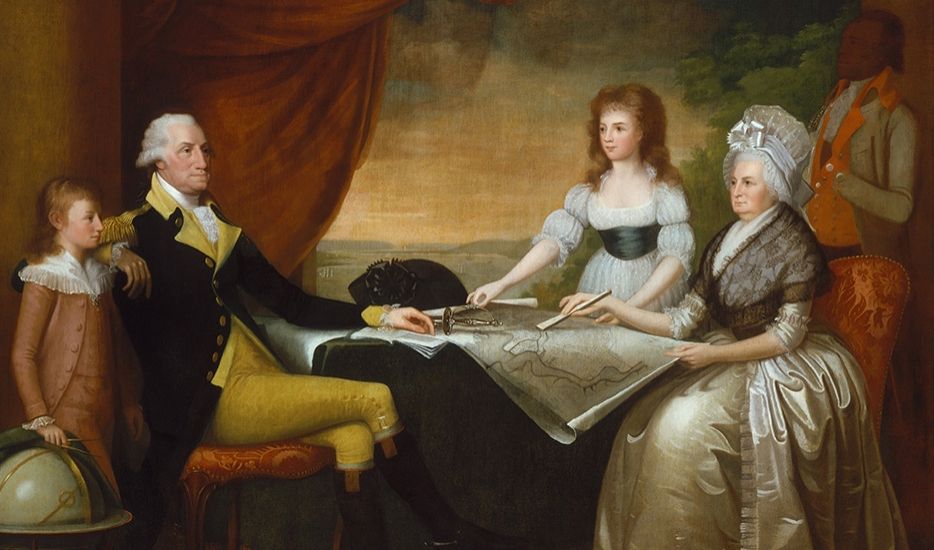
American independence was recognized by the British in 1783, once again transforming the political realities of North America. The new United States began the long and often difficult process of determining how the nation should be governed and who it should be governed by. The remaining British territories were flooded by thousands of Loyalist refugees, who also sought to find a new way to live within what they hoped would be a revitalized British Empire. Native peoples, meanwhile, faced a new era of painful challenges, as many nations were forced to accept treaties giving up their lands and faced unprecedented numbers of new settlers arriving in their homelands as the line of European settlement expanded aggressively to the west.